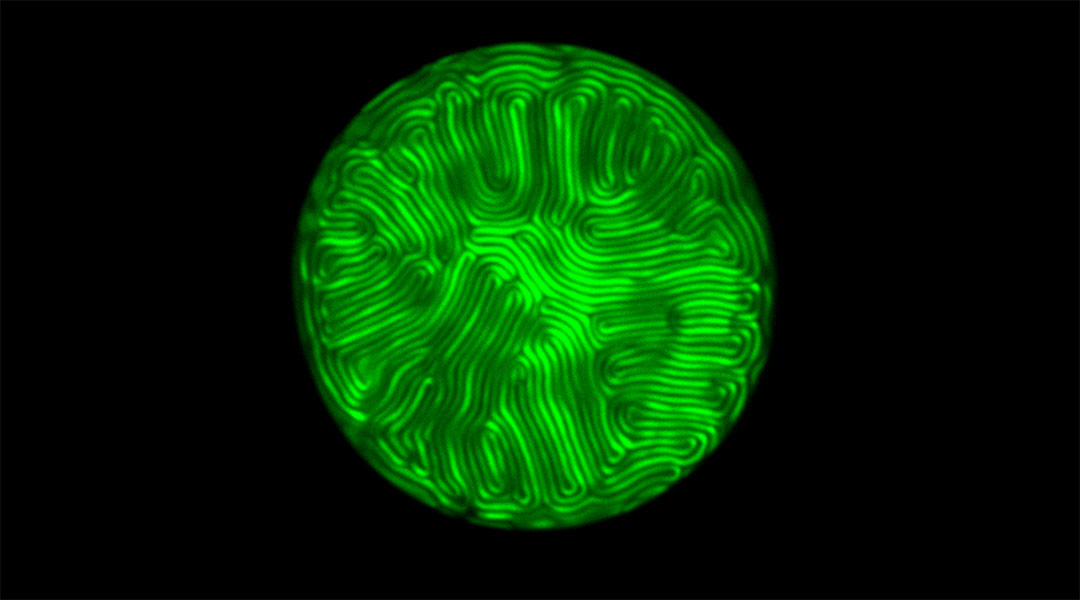As online shopping becomes the norm, every product imaginable can now be purchased without ever having to set foot in a shopping mall. To sweeten the deal, online retailers often offer quick delivery, flexible exchange or return, and heavy discounts.
But we don’t always get what we bargained for — counterfeit or lower-quality items can easily be intermingled with the real deals, especially in online marketplaces that offer merchandise from third-party sellers.
Protecting authenticity
Everything from money and IDs to designer handbags run the risk of being counterfeited. Although security features such as holograms, color-shifting inks, radio-frequency identification (RFID) tags, and QR codes embedded into items or product labels act as hurdles for counterfeiters, more sophisticated forgery techniques are making it increasingly difficult for consumers — let alone experts — to distinguish between authentic and fake goods by visual inspection alone.
In cybersecurity, biometric authentication, including fingerprint scanning and facial recognition, have become ubiquitous and are a convenient way to restrict access to our devices.
Although biometrics eliminate the need to remember passwords because our this data is permanently and inherently part of us, biometrics databases can be hacked or tricked using “deepfakes,” the term given to AI-generated faces and voices, which have already been used to spread fake news and gain access to telephone banking.
And once our biometrics have been compromised, it’s a major problem, as we can’t simply change our biometric data like we can change a password.
In 2019, the BioStar 2 biometrics platform built and maintained by the security manufacturer Suprema was breached by vpnMentor, an internet privacy research team whose mission is to expose flaws in cybersecurity systems. The team easily accessed over 27.8 million records from businesses, banks, police forces, and institutions around the world, including fingerprints, facial recognition data, unencrypted passwords and IDs, personal information of employees, and records of entry and exit into secure areas.
The researchers stated that the system was shockingly unsecure, and if actual cybercriminals were to breach the system, the consequences would be disastrous.
Artificial microfingerprints as a solution
Recently, academic researchers devised a potential way to avoid such a nightmare scenario: artificial fingerprints.
They constructed the fingerprints from soft materials called cholesteric liquid crystals, which can self-assemble into complex patterns with unique optical properties. These characteristics make cholesteric liquid crystals ideal for the fabrication of physically unclonable functions (PUFs), which are important components of security systems.
PUFs rely on tiny manufacturing variations to generate random physical features, forming a pattern. This pattern is then used as a cryptographic key that is impossible to replicate. The greater the encoding capacity of a PUF — that is, the more randomness incorporated into the pattern — the stronger and more secure it is.
To fabricate the artificial fingerprints, the researchers applied a high-frequency electric field to microsized droplets of a chiral liquid crystal doped with a photoluminescent dye. The electric field reorients the liquid crystal inside each droplet, resulting in a unique pattern reminiscent of a human fingerprint.
“This method enables the simultaneous fabrication of many microfingerprints, one different from the other, by simply applying an electric field to an emulsion containing hundreds of microdroplets,” Mauro Bruno, a researcher at the University of Calabria who helped develop the technique, told us.
But unlike human fingerprints, which are topological impressions left by the skin ridges on our fingers (“dermatoglyphs”), the texture of these artificial fingerprints is optical. The optical patterns, which are visible under an optical microscope, are impossible to duplicate because their generation is completely unpredictable. They are also richer in minutiae, which are randomly distributed and lack the alignment and local orientation of human fingerprints.
Although the optical pattern itself cannot be controlled, its complexity can be adjusted by altering the dimensions of the microspheres and the distance between ridges by changing certain fabrication parameters, allowing for boundless pattern possibilities.
Prospects in anti-counterfeiting and cybersecurity
The artificial fingerprints can also be integrated into an electroluminescent label that can be used by manufacturers to guarantee product authenticity.
To verify the authenticity of an item, “the consumer will only need to take a picture of the pattern on the label with a smartphone, and an [identification] app will compare the image with the ones stored in the database,” Maria Penelope De Santo, supervisor of the research project, explained. “The software will recognize the label as authentic or counterfeited in a few seconds.”
These fingerprints also have tremendous potential in cybersecurity. For example, in the event of a suspected breach of fingerprint data, like the Suprema incident, artificial fingerprint patterns could be replaced just as easily as a password can be changed. The artificial fingerprints are not quite ready for commercialization, however.
“At present, the production procedure [for the label] is still time-consuming, even if it is not complex,” Bruno shared.
“The stability and robustness of the device has been successfully tested, but the use of an external power supply to light the label represents the main hurdle to overcome,” he added. “At the moment, we are working on materials to switch from an electroluminescent device to a label based only on fluorescent materials.”
Reference: Mauro Daniel Luigi Bruno et al., Cholesteric Liquid Crystals based micro-fingerprints generator for anti-counterfeiting labels, Advanced Materials Technologies (2023). DOI: 10.1002/admt.202300613
















